A Fife centenarian has told how she installed secret radar technology on British bombers during World War Two.
Margaret Faulds, who turns 100 today (July 9), finally decided to reveal her story as she marks her milestone birthday.
She was part of an unknown, mainly female crew recruited by the government to work with the newly-created radio wave system.
Their duties proved crucial in conquering the German U-boat threat in the Atlantic and led to the Nazis’ defeat.
And many say it was just as significant as the codebreaking Enigma work led by Alan Turing at Bletchley Park.
Despite this, the top secret radar role has remained largely under wraps over the last 80 years.
“It’s time this was talked about,” Margaret told The Courier.
“All the girls at Bletchley have been recognised but this sort of thing is never mentioned.”
‘I had no idea what was going to happen’
Margaret, a former architect, is now a great-grandmother and has lived in Pittenweem for the past 50 years.
However, she was a first year architecture student at Glasgow when she volunteered for the Women’s Royal Naval Service, better known as the Wrens.
At just 19 years old, she was whisked off to London where she sat an exam “rather like a crossword”.
“People who passed the exam were either sent to Bletchley or to HMS Ariel in Warrington,” says Margaret.
“We went to Ariel, which was surrounded by barbed wire fences.
“We were called air radio mechanics and had three months of intensive training.”
It turned out Margaret and her fellow trainees were learning how to install radar into naval bombers and fighters.
“I joined the Wrens because I rather fancied messing about on boats. I had no idea what was going to happen,” she says.
‘We were losing the war but our technology helped save the UK’
The teenager signed the Official Secrets Act and went to work at a Royal Navy base at Abbotsinch, now the site of Glasgow Airport.
“We didn’t talk about what we were doing,” she says.
“We were losing the war. It was 1943 and the convoys of supplies from America were being bombed out of existence in the Atlantic.
“Churchill feared that would defeat Britain.”
Radar had just been invented and fighters were flown onto Margaret’s base from aircraft carriers on the Clyde.
“We fitted ASV, or air-to-surface vessel,” says Margaret.
“The German submarines surfaced at night to recharge their batteries.
“The ASV meant our planes could spot the tip of their periscopes from 30 miles away when it was dark. Then we started to win the war.
“I believe ASV saved the UK. The Germans were decimating the convoys in the Atlantic until then.”
‘We didn’t talk about it’
Despite her crucial work, Margaret remains modest.
“I knew at the time it was important,” she says.
“It was very tough work – it was physical and we even made our own tools – but we didn’t talk about it. My family just knew I was in the Wrens.
“I was lucky because it was interesting work and I had a good war. But everybody had a war story and we just got on with it.”
It wasn’t until more than 30 years later that Margaret revealed her secret past to husband Walter.
“I was reading a book written in 1978 called Most Secret War by RV Jones,” she states.
“We were in bed and I nudged him and said ‘I worked on that’.
“It was the first time I’d ever told him.”
‘It was four years of my life but family is the most important thing’
Despite the significance of the role, Margaret was rewarded with “brass buttons and a rather smart hat”.
And after the war she returned to her architecture studies, which is where she met Walter.
The pair later started their own architect’s firm in Africa and lived there for 30 years before returning to the UK.
They had two daughters, Joanne and Lesley, and four grandchildren, as well as great-grandchildren.
Walter also lived a long life but died in his 90s around a decade ago.
“The war work was only four years of my life,” says Margaret.
“I’ve done a lot since then and it goes into the past.
“At the end of it all family is the most important thing, don’t you think?”
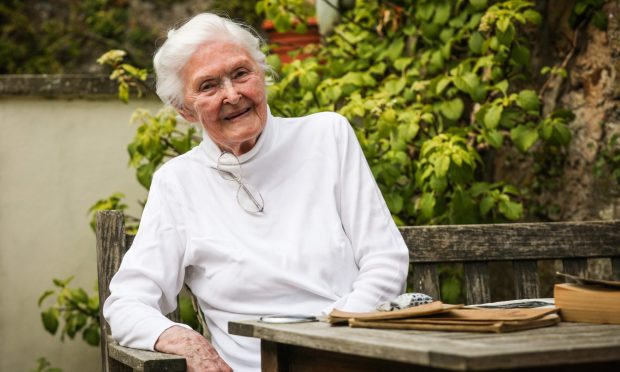
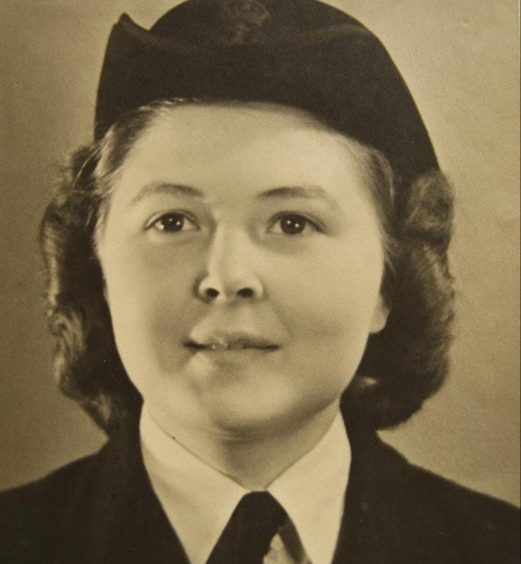
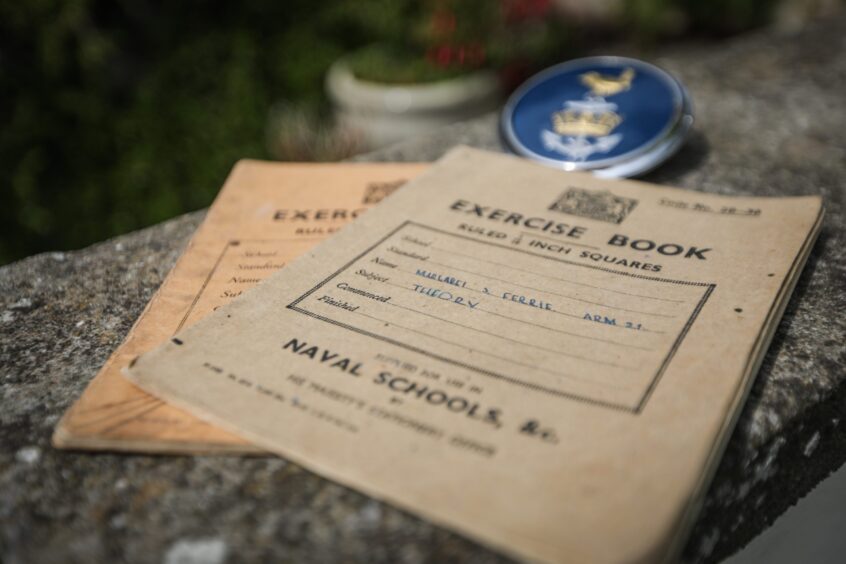
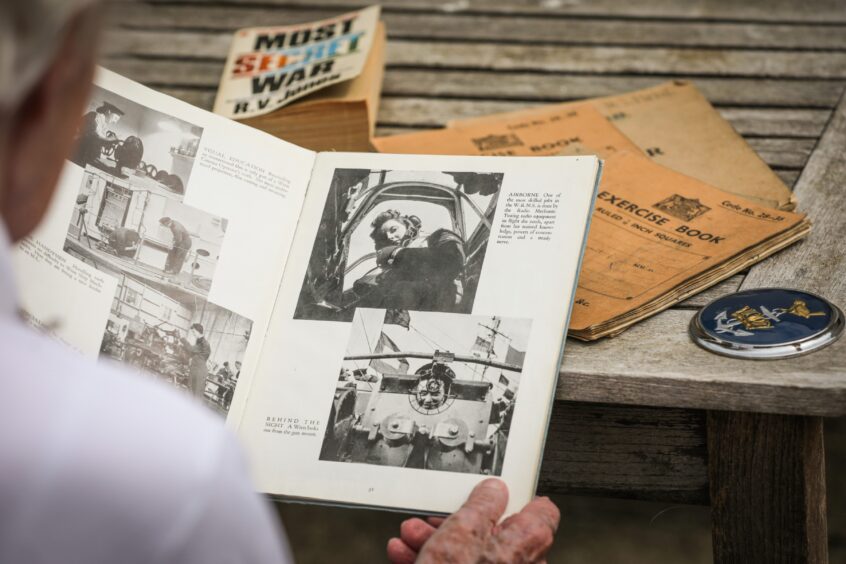
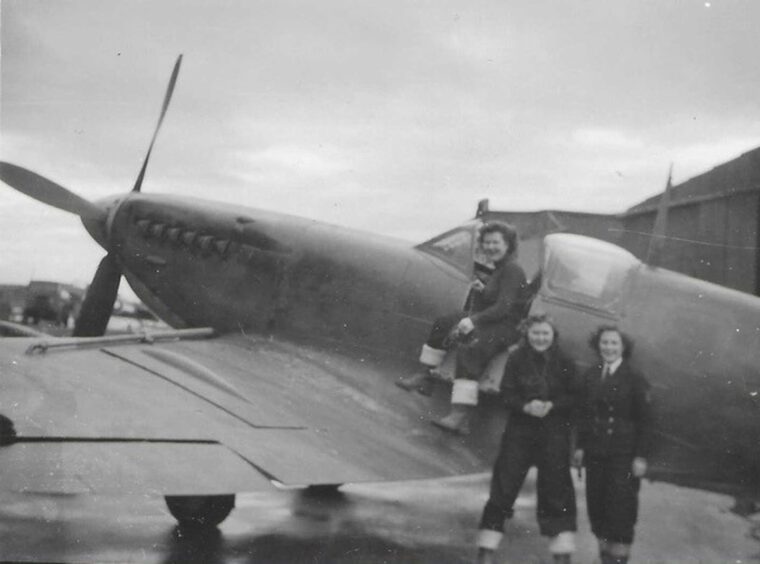
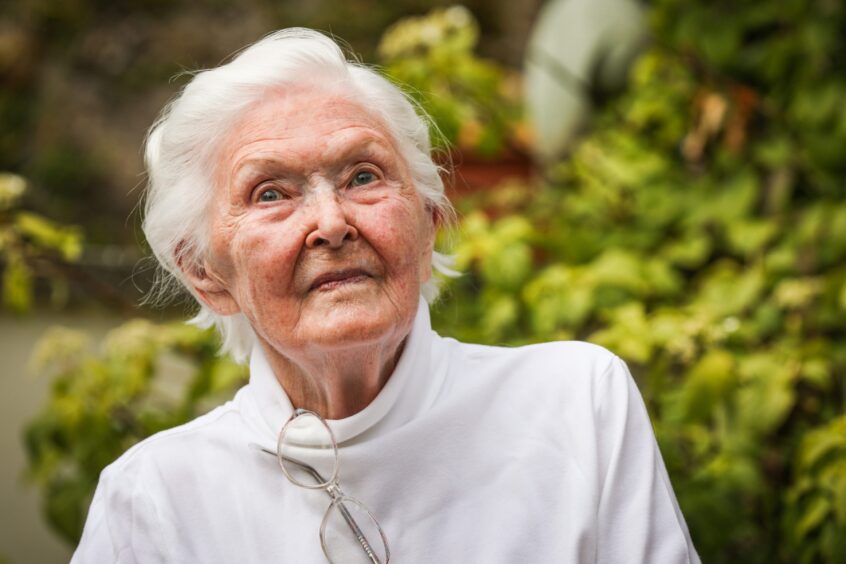
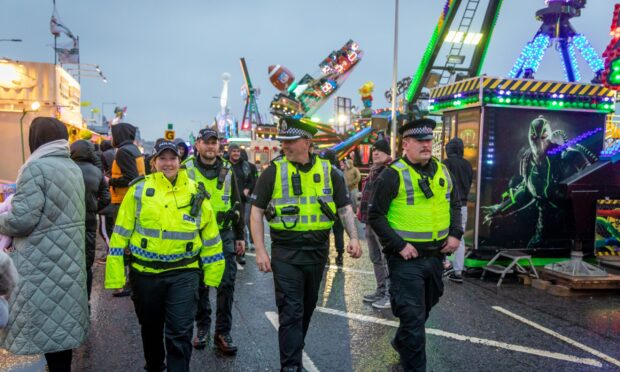
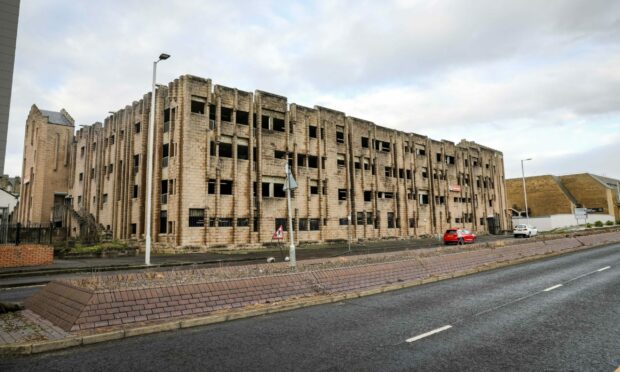
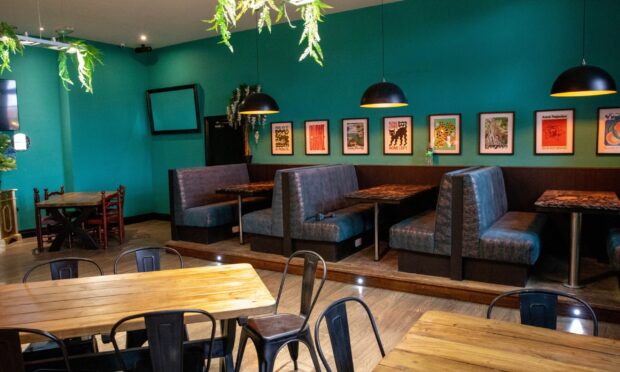

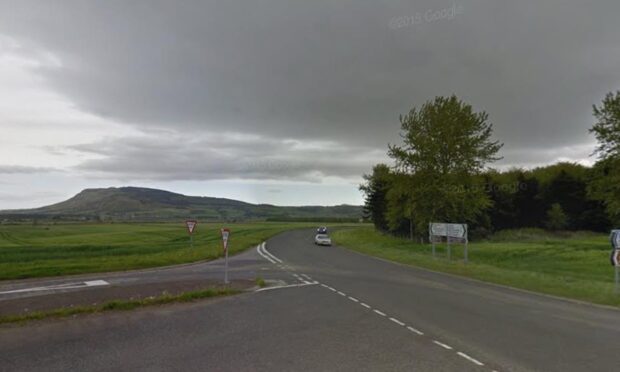


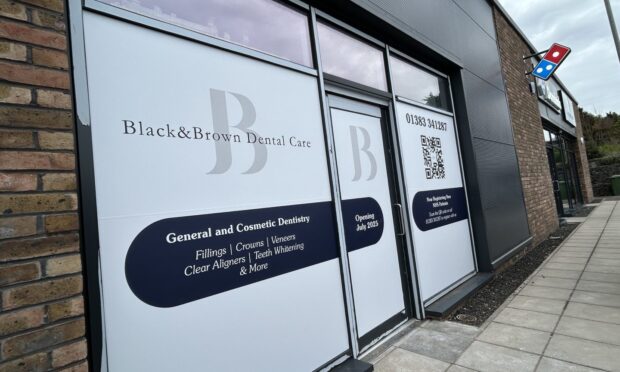
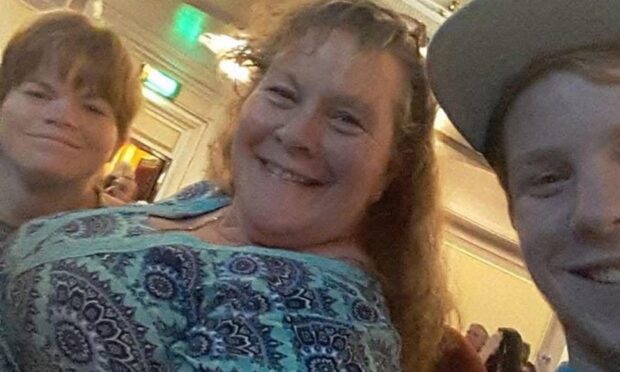
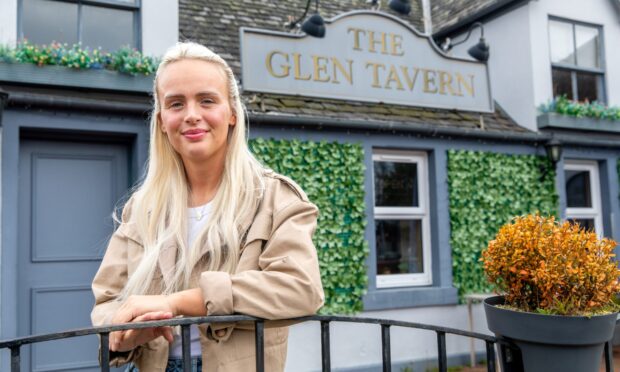
Conversation